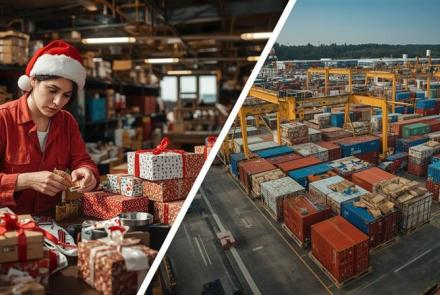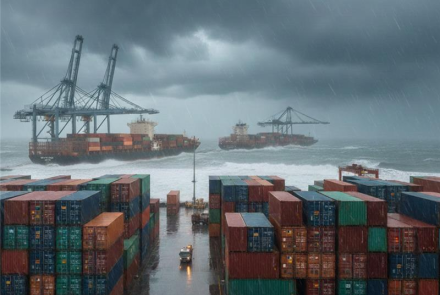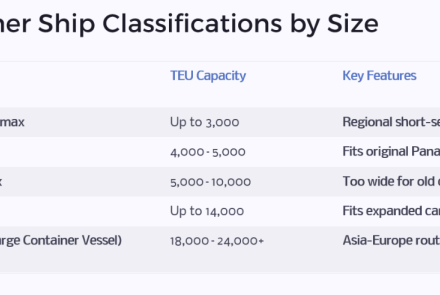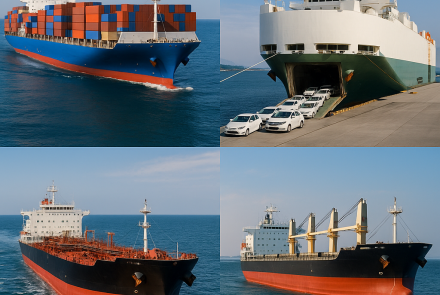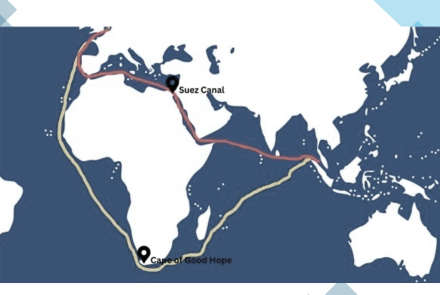How High Can Shipping-Containers Be Stacked?
You have probably seen pictures of container ships carrying hundreds of containers stacked one on top of the other. Have you ever wondered how they stand tall without collapsing?
Shipping containers generally contain valuable goods that are heavy. Because of this, the bottom-container can experience tremendous pressure. Pressure may also build-up on the deck over which the stacks are assembled. Therefore, there are a few essential factors that one needs to consider when stacking containers.
In this blog, we will be talking about things to consider and the best practices followed by experts in the industry when stacking containers.
Things to consider when stacking containers
The first factor that one needs to consider is the maximum stack load of the bottom-most container. You can find it on the CSC plate or in the documentation. After all, the stack is only as strong as its bottom-container, so we need to figure out how much pressure it can withstand. The next step is to make sure the load is within the prescribed limit, as even relatively small deviation from the limit could reduce the integrity of the stack and increase the risk of it collapsing.
If the containers are not identical, one should also look at the second-lowest and even the third-lowest container to ensure that they can withstand the pressure. If the containers are to be stacked on the ship, we need to take the maximum stack load of the deck into consideration as well.
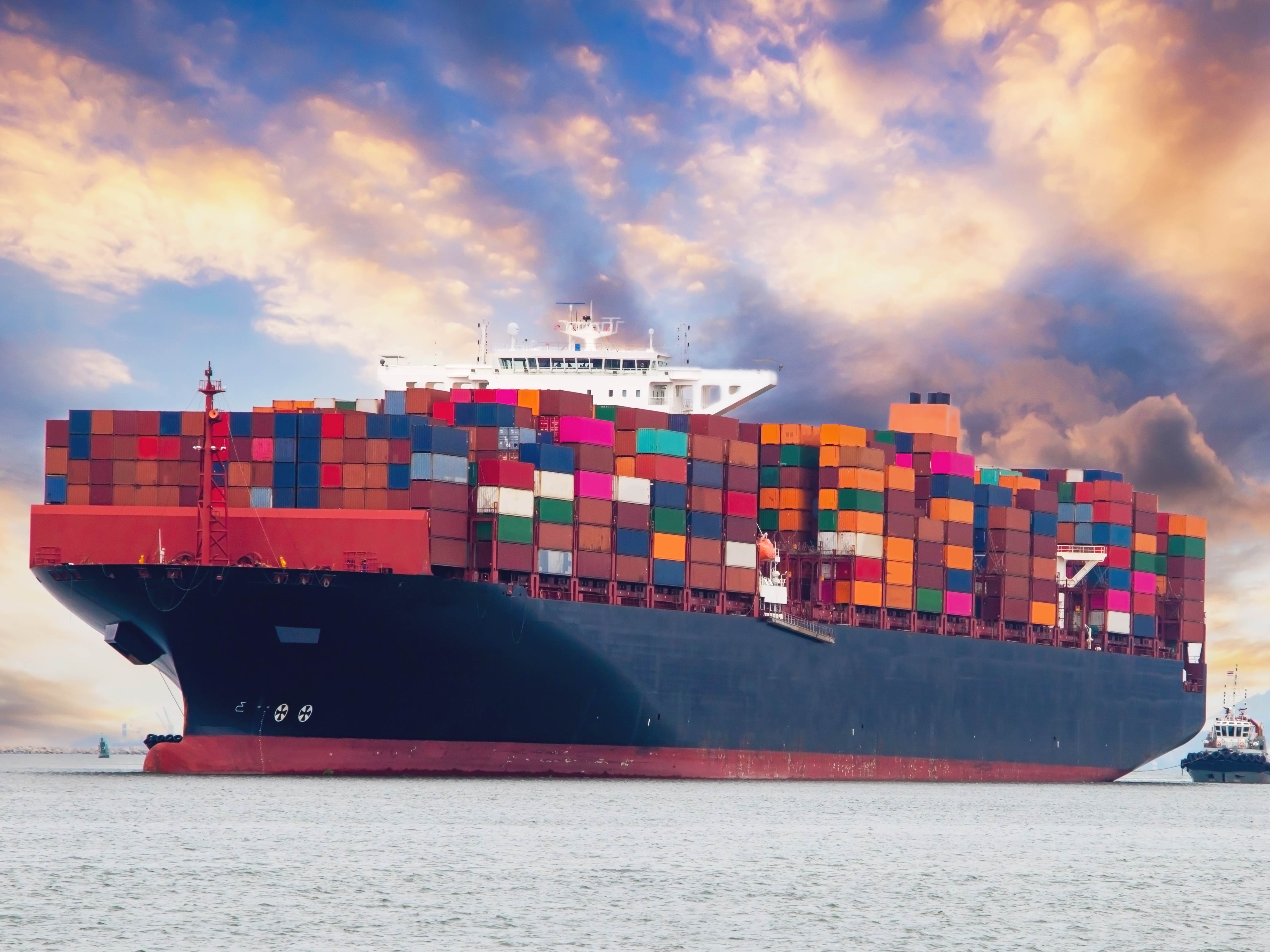
The maximum stack load of the deck is the amount of pressure that the deck's surface and the entire structure of the ship can withstand. It is a crucial part of shipping and helps ensure that the cargo ship reaches its destination safely and that the containers remain in place, undamaged.
Heavy-duty container ships that can carry a huge load may be able to stack the containers high, while the smaller shipping vessels may not have the capacity. Some very small shipping vessels or barges may not permit stacking at all.
While stacking containers on a vessel it is also important to ensure that the visibility from the navigation bridge is unobstructed.
If the containers are to be used for housing projects, their load will be much lighter, and theoretically, they can be stacked higher. In this scenario, wind loading and other aspects that affect stability will also have to be taken into consideration.
Container Stacking Best Practices
The safety of both the workers and the cargo has to be the top priority while stacking. Taking risks can have severe consequences when dealing with containers that weigh many tons- so it is always better to be safe.
Before stacking, it is crucial that one examines each container and makes sure that they are in good condition and structurally sound. One faulty container can topple the entire stack.
Another thing to keep in mind is to stack the containers in the most stable way possible. Try to align each corner with the containers above and below, so that there is no displacement of force. You can provide additional stability by locking the containers together. It can help protect the stack from environmental elements too.
When stacking containers on land, one needs to make sure that they can withstand the pressure. Factors like wind and structural integrity need to be taken into account too, especially if it is a housing project because the containers will need to remain stable for many years.
Avoid Low-Quality Containers
Stacking containers is indeed a challenging process where one needs to be very thorough and careful. Even the slightest mistake can result in huge losses and put many lives in danger.
That is why, in addition to thorough preparation, we must make sure that the containers are in good shape. Some of the older containers that have suffered damages may not have the structural integrity to withstand stacking, even if their CSC plate says otherwise. It is ideal to buy from a reputable seller that has a solid track record and has earned the trust of their clients.
At VS&B, we ensure that our customers do not have to worry about the quality of the containers, whether they are buying new containers, used containers, or simply leasing them.
- Log in to post comments


